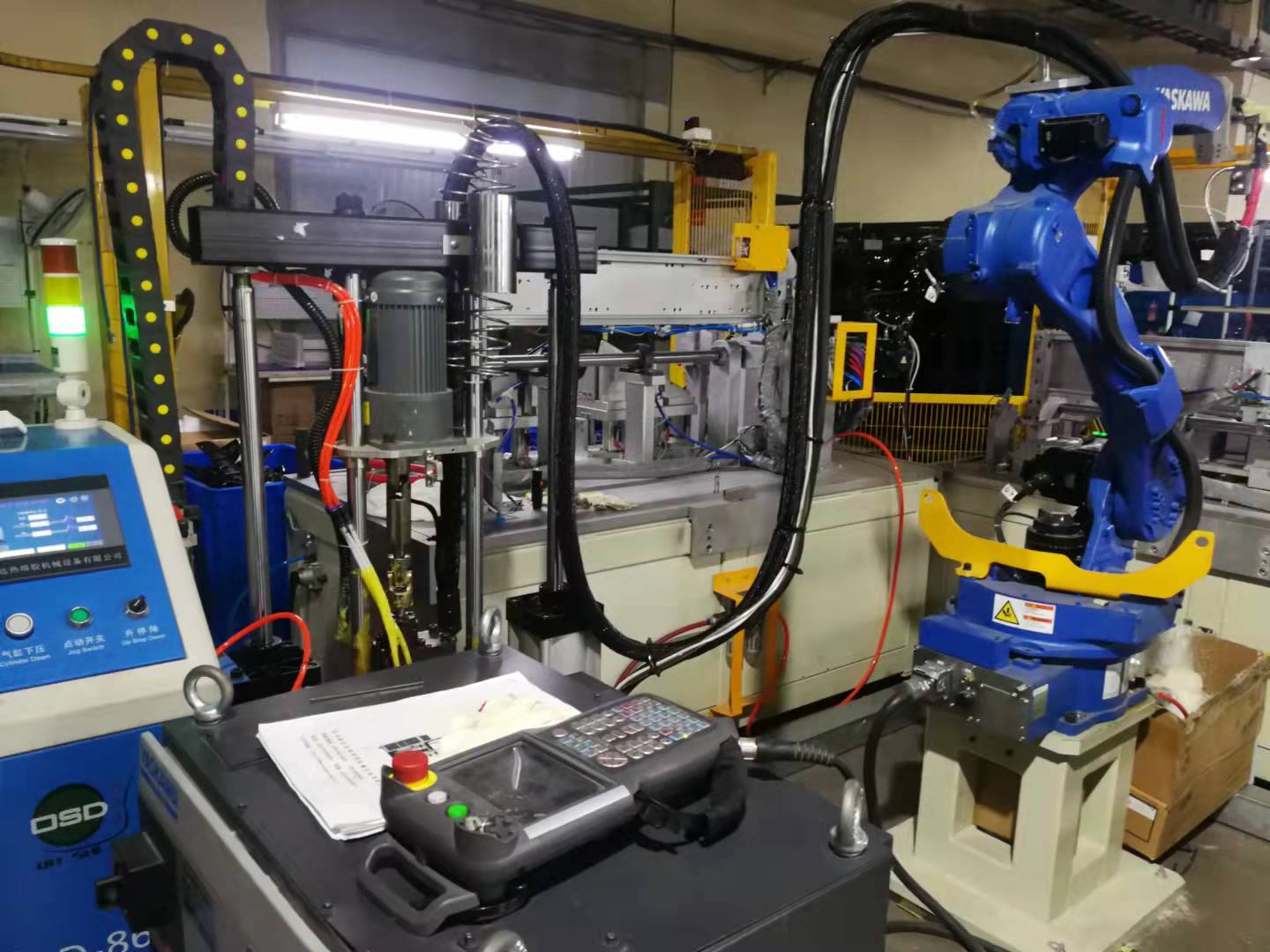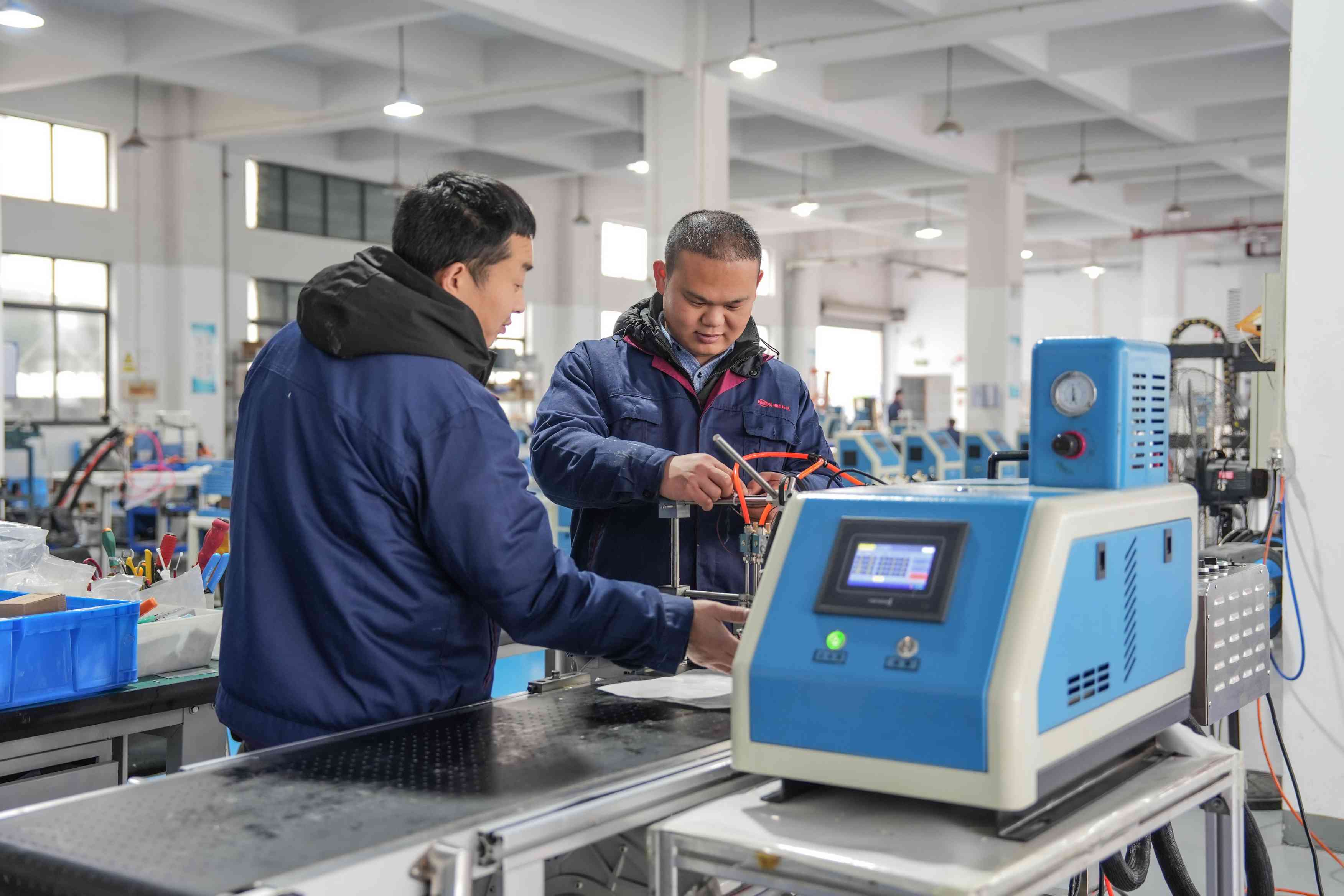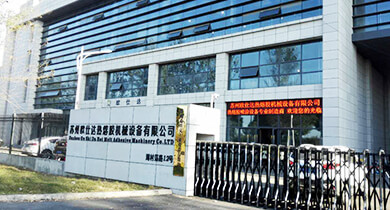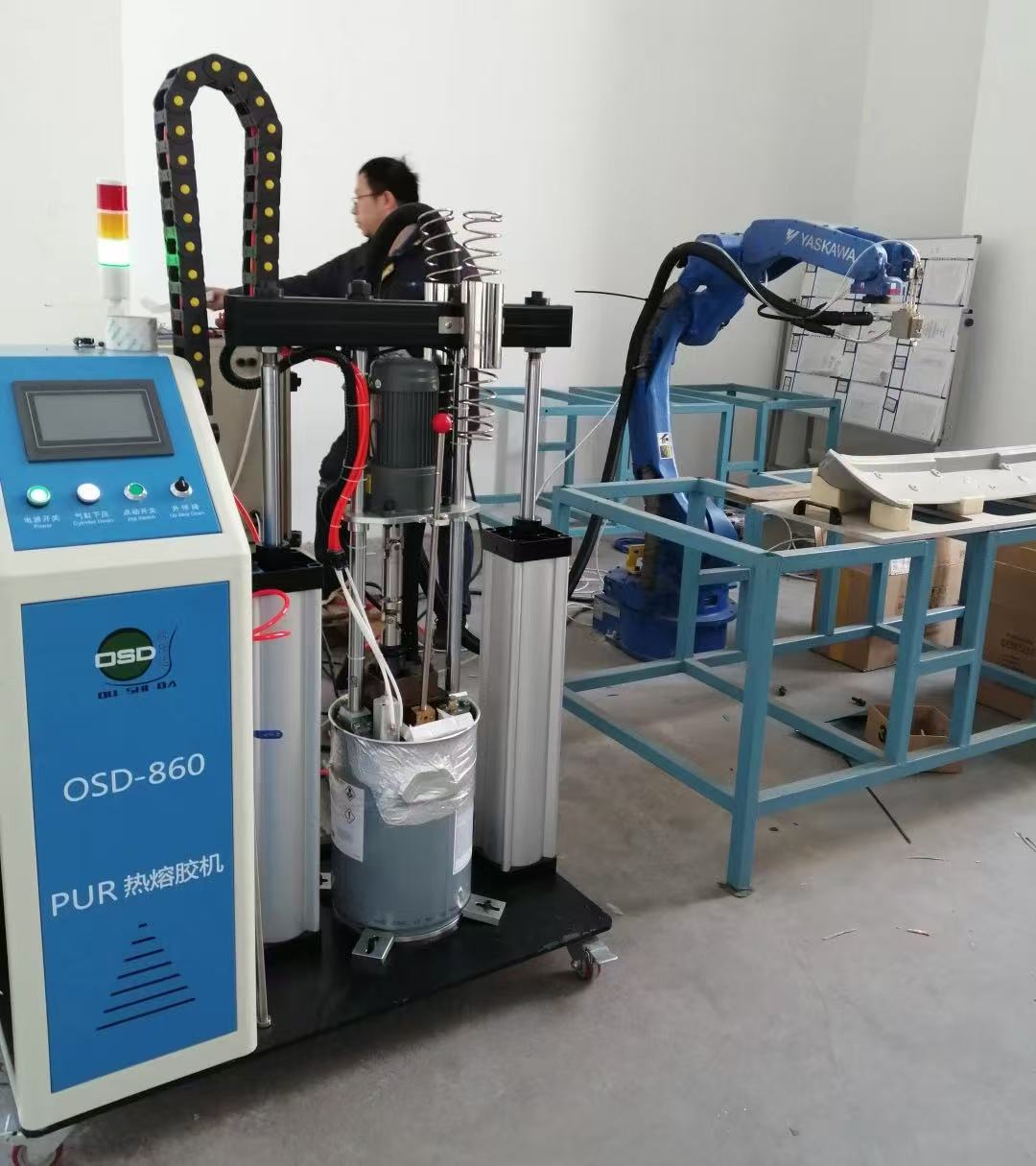Suzhou Oushida Hot Melt Machinery Equipment Co., Ltd.
18 years of experience in R&D and production of hot melt adhesive spraying equipment and automation equipment
18 years of experience in R&D and production of hot melt adhesive spraying equipment and automation equipment



PUR replaces traditional adhesives with its "high performance + environmental protection + multi-substrate adaptability"
PUR, short for Polyurethane Reactive (PUR), is a highly reactive polyurethane material. Its core characteristic is that it cures through a chemical reaction with moisture in the air or hydroxyl groups on the substrate surface, ultimately forming a cross-linked structure with high strength, toughness, and adhesion. Its excellent properties have led to its widespread application in various fields. The following details its main applications, core functions, and advantages by industry:
1. Packaging Industry: Ensuring Sealing and Anti-Counterfeiting
Packaging is one of the core applications of PUR, particularly for applications requiring high sealing, weather resistance, and environmental protection. PUR hot melt adhesive is a core product.
It is used for edge sealing of flexible packaging, assembly of rigid packaging, and application of anti-counterfeiting labels.
2. Wood Processing Industry: Achieving Structural Stability and Aesthetics
In the wood industry, PUR primarily replaces traditional white latex and urea-formaldehyde adhesives for panel splicing, edge banding, and assembly, addressing the pain points of noticeable glue lines and easy debonding.
It is used in panel edge banding, wood splicing and assembly, and decorative veneer applications.
3. Automotive Industry: Balancing Structural Strength and Lightweighting
The automotive industry places extremely high demands on adhesives for vibration resistance, high and low temperature resistance, and aging resistance. With its excellent mechanical properties and adaptability, PUR has become a core bonding material for key components.
Board structure bonding, interior assembly, and electronic component mounting.
4. Electronics and Electrical Industry: Precision Sealing and Protection
In the electronics sector, PUR is primarily used for sealing, bonding, and potting components. Key requirements include waterproofing, insulation, and high and low-temperature resistance.
It is also used in sealing consumer electronics, bonding home appliance components, and packaging new energy batteries.
5. Textile and Footwear Industry: Improving Durability and Comfort
In textiles and footwear, PUR primarily replaces traditional needlework and solvent-based glues, achieving seamless bonding. Its core advantages are softness, washability, and fabric resistance.
It is also used in seamless garment splicing and footwear assembly.
6. Other Specialty Industries
Construction, Medical Devices, and Aerospace
Due to its high performance, environmental friendliness, and compatibility with multiple substrates, PUR has become a key material for replacing traditional adhesives and optimizing production processes in numerous industries. With the development of new energy and consumer electronics, its application scenarios continue to expand.
